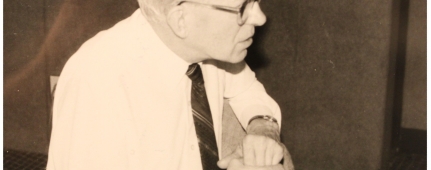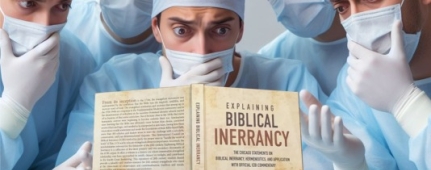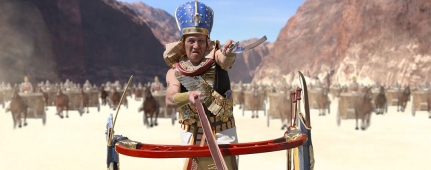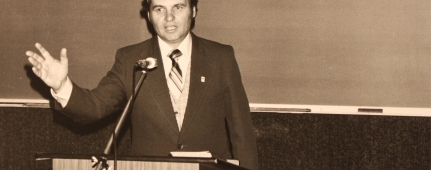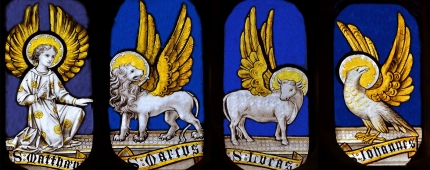1 Corinthians 15:37—Is Paul teaching that the resurrection body is a different one from the one that is sown—a kind of reincarnation?
Problem: According to this verse, we “do not sow that body that shall be.” Some take this to mean the resurrection body is a different one, a “spiritual” (v. 44) body that is not essentially material (see comments on 1 Cor. 15:44). Does this prove that we are not raised in the same physical body of flesh and bones in which we die?
Solution: There are real changes in the resurrection body, but it is not changed into a nonphysical body—one substantially different from the one we possess now. The seed that goes into the ground brings forth more seeds that are the same kind, not immaterial seeds. It is in this sense that Paul can say “you do not sow [cause to die] the body that shall be,” since it is immortal and cannot die. The body that is raised is different in that it is immortal (1 Cor. 15:53), not in that it is immaterial. Of His resurrection body Jesus said, “It is I Myself. Handle Me and see, for a spirit does not have flesh and bones as you see I have” (Luke 24:39).
There are many reasons for holding that the resurrection body, though transformed and glorified, is the numerically same body of flesh and bones Jesus possessed before His resurrection. And since our resurrection bodies will be like His (Phil. 3:21), the same is true of the believer’s resurrection body. Notice these characteristics of Jesus’ resurrection body: (1) It was the same body with the crucifixion scars it had from before the resurrection (Luke 24:39; John 20:27). (2) It was the same body that left the empty tomb behind (Matt. 28:6; John 20:5–7; cf. John 5:28–29). (3) The physical body of Jesus did not corrupt in the tomb (Acts 2:31). (4) Jesus said the same body that is destroyed will be built up again (John 2:21–22). (5) The immortal body is “put on” over, but does not replace, the mortal body (1 Cor. 15:53). (6) The plant that springs forth from the seed is both genetically and physically connected with the seed. What is sown is what is reaped (1 Cor. 15:37–38). (7) It is the same body of “flesh and bones” (Luke 24:39) that could be touched (Matt. 28:9; John 20:27) and could eat physical food (Luke 24:41–42).
The “change” (1 Cor. 15:51) Paul referred to at the resurrection is a change in the body, not a change of the body. The changes in the resurrection are accidental, not substantial. They are changes in secondary qualities, not changes in primary qualities. It is changed from a corruptible physical body to an incorruptible physical body. It is not changed from a physical body into a nonphysical body. It is changed from a mortal to an immortal physical body. But it is not changed from a material to an immaterial body.
See All Problems
This excerpt is from When Critics Ask: A Popular Handbook on Bible Difficulties (Wheaton, Ill.: Victor Books, 1992). © 2014 Norman Geisler and Thomas Howe. All rights reserved. Used by permission. Click here to purchase this book.


